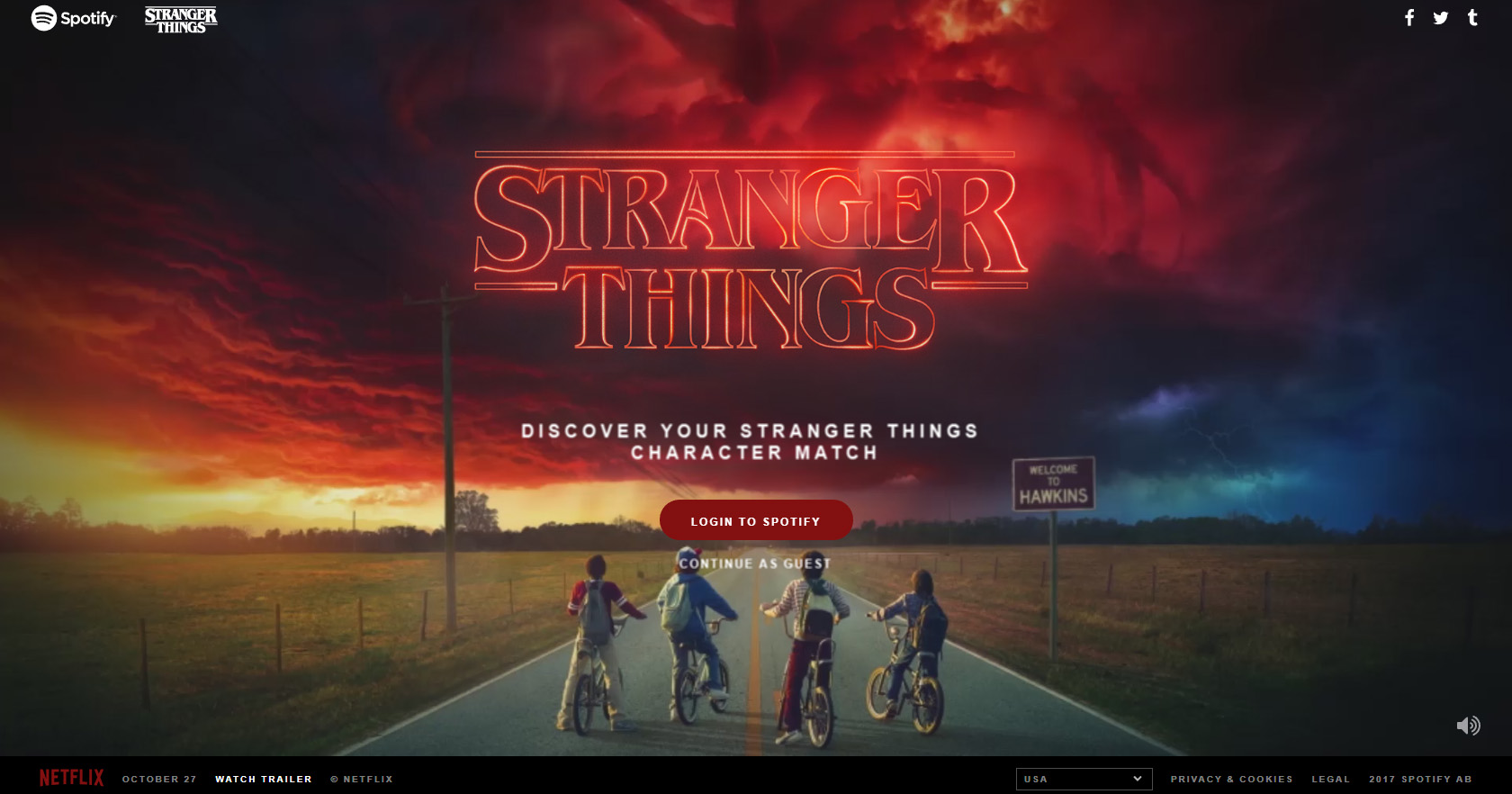The hype around native advertising is real. Though traditional advertising does have an important place in the media landscape, non-disruptive marketing tools are gaining popularity, especially when it comes to reaching and engaging a wide audience.
Native advertising is a fast-growing segment. An oft-cited report from AdYouLike predicts the global native advertising market to be worth $400 billion by 2025 (a 372% jump from 2020). Consumers are more open to learning about brands through these advertisements than via traditional ads.
Whether you are a marketer new to native ads or a blogger who aims to make money while leveraging this effective marketing tool, it’s worth considering the pros and cons of native advertising.
But before that, let’s understand what native advertising is with a few examples.
Quick Facts on Native Advertising
Over the past decade, native advertising has weaved its way into every type of consumable content, emerging as one of the most popular forms of advertising. Here are a few quick facts to bear in mind when it comes to native advertising:
- Native advertising resonates with the audience without coming across as intrusive. It combines advertising with great content, thus creating a seamless experience.
- The term ‘native’ is used because these ads are supposed to mimic the appearance of the usual content on the platform they are on. This prevents them from looking like an ad at first glance.
- Native advertising, when done well, neither feels disruptive nor is deceptive.
- Many brands fail at native advertising by making dishonest attempts to trick readers into clicking on a paid ad.
- Native ads can appear as in-feed ads, paid search ads, content-recommendation widgets, promoted listings, and in-ad with native element units (IAB standard).
Recommended: Here are a few great examples of native advertising in 2024.
Spotify’s Stranger Things

The music mammoth Spotify can create custom playlists based on a company’s products or themes and use the data from listening history to recommend other playlists. Netflix and Spotify partnered to promote the second season of the show ‘Stranger Things’ through native advertising.
This promoted the show through the background design and logos while resonating with the listeners.
Social Media Feed Ads

When you’re scrolling through your favourite social media feed, you’ll see a timeline of posts and content features from people or businesses you follow. But paid ads also appear in these feeds. A well-designed native ad can blend with the regular content without being seen as a paid ad.
Sponsored Article Posts

Native advertising can also take the form of the ‘Recommended Articles’ or 'You May Also Like' sections that are so prevalent across the internet. Clicking on one of these recommended posts will take visitors to a separate page. This is a great way to avoid pop-ups and ad banners that often negatively impact the user experience.
Native ads offer marketers an alternative to disruptive advertisements that are likely to be ignored or blocked by customers. But native advertising is not all roses. Let’s look at the top pros and cons of this form of advertising. This will help you gauge how much of your paid ad dollars should be spent on it.
Read more about the types and formats of native ads (updated 2024)
Advantages of native advertising
1. It allows you to capture audience attention
Native ads by nature aren’t intrusive or interruptive. Further, the content tends to be highly engaging and suited for all devices. Hence, it is better received by site visitors.
People are used to seeing and ignoring usual aggressive ads that push their way through the main content. Because native ads aren’t pushy in nature, they attract attention and encourage viewers to consume the content.
2. They perform better
Native ads are highly engaging; hence, they get high views, click-throughs, and conversions.
In fact, recent research by Outbrain and CMI shows that native ads that employ a softer, trust-based approach achieve 5-10x higher average CTR than push marketing tactics.
3. They enjoy high credibility
One of the biggest challenges advertising professionals face today is winning customer trust. Customers are repelled by advertisements because they do not trust the marketers’ intent behind them.
However, native ads are customized to a person’s search intent, thus making them more credible. Customers value the content shared through native ads because they carry empowering information that’s useful to them. When this trust is won, brands are rewarded with customer loyalty.
4. They help optimize your targeting capabilities
Native ads are usually contextually targeted to the audience that will be interested in the content. For example, a cosmetics brand can launch its content on a beauty blog or a fashion website where people have already consumed similar content. Similarly, a sports brand can share native advertising content on a fitness website, targeting fitness enthusiasts.
This way, the marketer can drive traffic to their website while the audience gets a seamless and personalized experience.
Disadvantages of native advertising
1. It can be tough to measure outcomes
How can you measure whether or not native advertising is working for you? Because of their unique nature, measuring the effectiveness of native ads is tricky.
You need to find the right tools and metrics to measure your native ad performance. Consider metrics like impressions, time on site, scroll depth, re-engagement rates, cost-per-action, and CTR. The metrics you choose will also depend on your campaign goals and audience behaviour.
RELATED: “Quite often in native advertising, we measure the wrong things”
2. It's time and labour-intensive
Native ads are much more engaging and tailored than traditional ones. Hence, creating them is labour-intensive and time-consuming.
The ad needs to blend with the surrounding content depending on where it’s placed. At the same time, you need to ensure that the ad offers immediate value to the reader.
Further, creating a native ad may involve a whole team of advertising professionals, marketing team, copywriters, publishing partners, and more.
3. It carries an element of deception
As mentioned above, few advertisers are able to stay on top of the native advertising game. There’s a fine line separating creativity and deception.
As an advertiser, you do not want your ad to appear as something that tricks the user. You want your ad to be creatively placed among the other pieces of content while not appearing as deceptive to the user.
That’s one reason why native ads are always labelled as paid, sponsored, or ad.
Conclusion
Native advertising has several pros and cons. It is up to you how you leverage it to boost engagement, optimize targeting, build trust, and drive traffic to your website. With the right native advertising platforms and the information shared in this post, we are sure you will be able to craft a good native ad strategy for your business and make the most of what native advertising has to offer.


